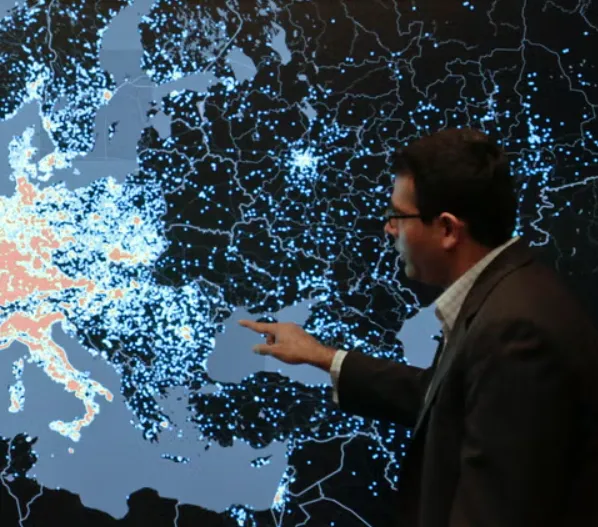A computer virus is a form of malicious software (malware) that attaches itself to legitimate files or programs. Once triggered, it can spread to other files, causing a variety of problems such as data corruption, system slowdowns, or even total system failure. Without proper data backup, a virus could potentially wipe out all of your files. To protect your data from these risks, it’s essential to stay informed and take proactive steps with backup and cybersecurity solutions before a breach occurs.
Key Takeaways
- A computer virus is a type of malware that infects files or programs.
- It activates when an infected file is opened or executed.
- Viruses can corrupt files, steal data, slow systems, or cause complete system crashes.
- Common types include file infectors, macro viruses, and worms.
- Well-known examples include ILOVEYOU, Mydoom, and Conficker.
- Protection involves using antivirus software, keeping systems updated, and avoiding suspicious links or downloads.
- Safe computing habits and awareness are essential in preventing infections.
How Computer Viruses Function
Computer viruses often sneak onto your system disguised as harmless files, emails, or downloads. Once these files are opened, the virus activates and starts replicating. It attaches itself to other files and programs, spreading further. Some viruses remain dormant until triggered, while others can start causing damage immediately, whether by corrupting data, stealing sensitive information, or simply slowing down your device.
Much like biological viruses, computer viruses can spread rapidly, especially over networks, causing significant disruption, data theft, or even total system failure. This article aims to provide users with the knowledge to assess these risks and make smarter decisions regarding cybersecurity.
Different Types of Computer Viruses
Here are some of the main types of viruses that can infect your system:
- File Infector Virus – This type attaches to executable files and spreads when the infected file is executed.
- Macro Virus – It targets documents with macros (e.g., Word, Excel) and activates when opened.
- Boot Sector Virus – These viruses infect the boot process, making them harder to remove.
- Polymorphic Virus – It alters its code to avoid detection by antivirus programs.
- Resident Virus – This virus hides in system memory and infects files without needing the original infected file.
- Multipartite Virus – It attacks multiple parts of the system, including the boot sector and files, making it a fast-spreading threat.
Well-Known Examples of Computer Viruses
Here are some infamous examples of computer viruses:
- ILOVEYOU – Spread through email, this virus overwrote files and stole passwords.
- Melissa – It emailed itself to contacts and caused significant email server slowdowns.
- Mydoom – One of the fastest-spreading viruses, it opened backdoors for hackers to exploit.
- Conficker – This virus took advantage of Windows vulnerabilities and blocked security updates.
- Zeus – A Trojan virus that targeted online banking credentials and login information.
How to Defend Against Computer Viruses
Protecting your system from viruses involves several key practices:
- Install trusted antivirus and antimalware software – Use reputable programs that provide real-time protection against threats.
- Keep your systems updated – Regular updates and security patches address vulnerabilities that viruses often exploit.
- Avoid suspicious links and downloads – Be cautious with email attachments, pop-ups, and files from unknown sources.
- Use strong passwords and firewalls – Layered defenses, such as strong passwords and firewalls, reduce the risk of cyberattacks.
- Regularly back up your data – In the event of a virus attack, you’ll have backup copies of your important files, allowing you to restore them without losing everything.
Cybersecurity is vital for everyone, not just large companies. Any system connected to the internet can become a target for viruses.
The Future of Computer Viruses
As technology evolves, so do computer viruses. Modern viruses are becoming more sophisticated, some even using artificial intelligence to adapt their behavior and avoid detection. Traditional defenses may not be enough to stop these advanced threats.
Individuals and businesses must stay informed and continuously update their cybersecurity practices to stay ahead of evolving risks. By employing modern tools and awareness, you can significantly reduce your vulnerability to these growing threats.
Conclusion
Computer viruses remain a significant threat, capable of causing extensive data loss and security breaches. Understanding how they work, recognizing warning signs, and taking preventive measures are essential to protecting your system. By keeping your software updated, avoiding risky downloads, using trusted antivirus tools, and regularly backing up data, you can safeguard your information from malicious attacks.







